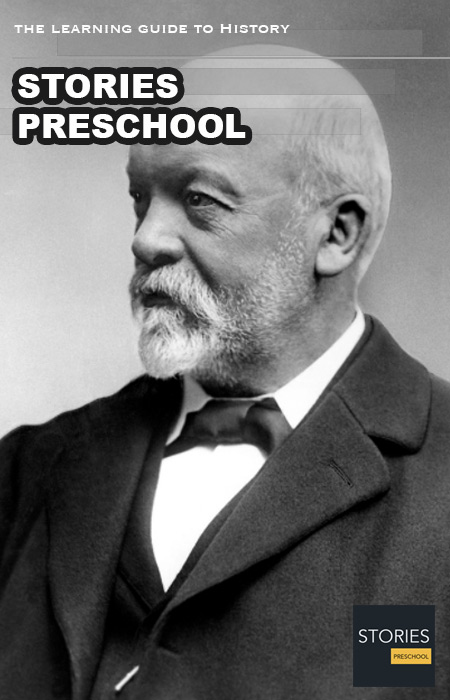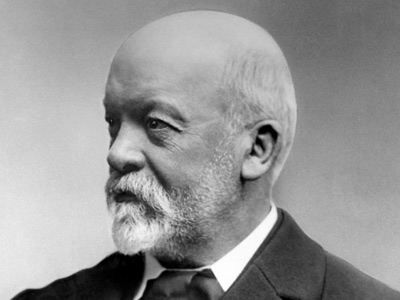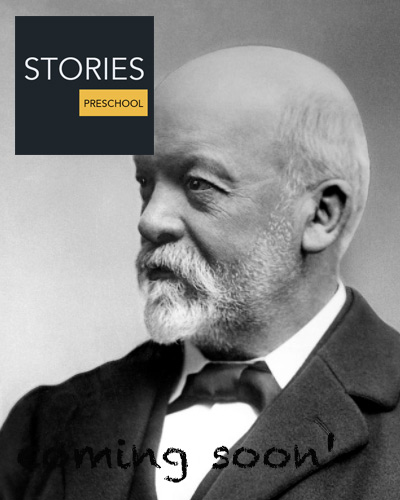Gottlieb Daimler (1834-1900)
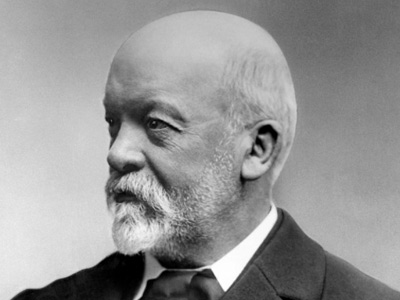
Gottlieb Wilhelm Daimler (17 March 1834 – 6 March 1900) was an engineer, industrial designer and industrialist born in Schorndorf (Kingdom of Württemberg, a federal state of the German Confederation), in what is now Germany Germany, officially the Federal Republic of Germany, is a country in Central Europe. Germany borders Denmark to the north, Poland and the Czech Republic to the east, Austria and Switzerland to the south, and France, Luxembourg, Belgium, and the Netherlands to the west. Germany is a great power with a strong economy; it has the largest economy in Europe, with global power in industrial, scientific and technological sectors. . He was a pioneer of internal-combustion engines and automobile development. He invented the high-speed liquid petroleum-fuelled engine.
Germany, officially the Federal Republic of Germany, is a country in Central Europe. Germany borders Denmark to the north, Poland and the Czech Republic to the east, Austria and Switzerland to the south, and France, Luxembourg, Belgium, and the Netherlands to the west. Germany is a great power with a strong economy; it has the largest economy in Europe, with global power in industrial, scientific and technological sectors. . He was a pioneer of internal-combustion engines and automobile development. He invented the high-speed liquid petroleum-fuelled engine.
Daimler and his lifelong business partner Wilhelm Maybach were two inventors whose goal was to create small, high-speed engines to be mounted in any kind of locomotion device. In 1883 they designed a horizontal cylinder layout compressed charge liquid petroleum engine that fulfilled Daimler's desire for a high speed engine which could be throttled, making it useful in transportation applications. This engine was called Daimler's Dream.
In 1885 they designed a vertical cylinder version of this engine which they subsequently fitted to a two-wheeler, the first internal combustion motorcycle which was named the Petroleum Reitwagen (Riding Car) and, in the next year, to a coach, and a boat. Daimler called this engine the grandfather clock engine (Standuhr) because of its resemblance to a large pendulum clock.
In 1890, they converted their partnership into a stock company Daimler Motoren Gesellschaft (DMG, in English—Daimler Motors Corporation). They sold their first automobile in 1892. Daimler fell ill and took a break from the business. Upon his return he experienced difficulty with the other stockholders that led to his resignation in 1893. This was reversed in 1894. Maybach resigned at the same time, and also returned. In 1900 Daimler died and Wilhelm Maybach quit DMG in 1907.
First Automobile 1886
Independently of each other, Karl Benz and Gottlieb Daimler each produced an automobile in 1886, both in Germany The German Empire, also referred to as Imperial Germany, the Second Reich, as well as simply Germany, was the period of the German Reich from the unification of Germany in 1871 until the November Revolution in 1918, when the German Reich changed its form of government from a monarchy to a republic. During its 47 years of existence, the German Empire became the industrial, technological, and scientific giant of Europe. , about 60 miles apart.
The German Empire, also referred to as Imperial Germany, the Second Reich, as well as simply Germany, was the period of the German Reich from the unification of Germany in 1871 until the November Revolution in 1918, when the German Reich changed its form of government from a monarchy to a republic. During its 47 years of existence, the German Empire became the industrial, technological, and scientific giant of Europe. , about 60 miles apart.
About sixty miles away in Mannheim, Karl Benz built an automobile using an integral design for a motorized vehicle with one of his own engines. He was granted a patent for his motorwagen on 29 January 1886.
When this proved the engine capable of driving a vehicle, Daimler devised a 1.1 hp (0.82 kW; 1.1 PS) single and ordered a Wimpff und Soehne four-seater phaeton to house it. Daimler's engine was installed by Maschinenfabrik Esslingen and drove the rear wheels through a dual-ratio belt drive.
On 8 March 1886, Daimler and Maybach secretly brought an American Model coach made by Wilhelm Wimpff and Sohn into the house, telling the neighbors it was a birthday gift for Mrs. Daimler. Maybach supervised the installation of a larger 1.1 hp 462 cc (28 cu in) (70 mm × 120 mm, 2.8 in × 4.7 in) version of the Grandfather Clock engine into this stagecoach and it became the first four-wheeled vehicle to reach 16 kilometres per hour (10 mph). The engine power was transmitted by a set of belts. As with the motorcycle, it was tested on the road to Untertürkheim where nowadays the Mercedes-Benz Arena, formerly called the Gottlieb-Daimler-Stadion, is situated.
Driven by Daimler's desire to use the engine as many ways as possible, Daimler and Maybach used the engine in other types of transport including:
- on water (1886), by mounting it in a 4.5 m (15 ft) long boat and achieving a speed of 6 knots (11 km/h; 6.9 mph). The boat was called Neckar after the river where it was tested. (patent DRP 39-367). This was the first motorboat and boat engines soon would become Daimler's main product for several years. The first customers expressed fear the petrol engine could explode, so Daimler hid the engine with a ceramic cover and told them it was "oil-electrical"
- street-cars and trolleys
- in the air in Daimler's balloon, usually regarded as the first airship, where it replaced a hand-operated engine designed by Dr. Friedrich Hermann Wölfert of Leipzig. With the new engine, Daimler successfully flew over Seelberg on 10 August 1888
They sold their first foreign licenses for engines in 1887 and Maybach went as their representative to the 1889 Paris Exposition to show their achievements.
Founding of Daimler-Benz
Daimler had developed the first liquid petroleum vehicle in 1885 and Karl Benz had developed the first purpose built automobile using a 2 cycle engine of his own design a few months later. Daimler never met Karl Benz during the period of invention. In 1896 Daimler (DMG) sued Benz and Cie for violating his 1883 patent on hot tube ignition. Daimler won and Benz had to pay royalties to DMG. Daimler did not meet Karl Benz while they were in court in Mannheim. Later at the founding of the Central European Motor Car Association Daimler and Benz still did not speak to each other.
Years after Daimler died, the two companies did cooperate in many ways. After many years of cooperation, on June 28, 1926 representatives of Daimler-Motoren-Gesellschaft (DMG) and Benz and Cie signed the agreement for the merger of the two oldest automobile manufacturers in the world. The resulting new company was named Daimler-Benz.
HISTORY
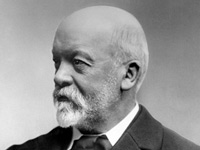
RESOURCES
This article uses material from the Wikipedia article "Gottlieb Daimler (1834-1900)", which is released under the Creative Commons Attribution-Share-Alike License 3.0.
© Stories Preschool. All Rights Reserved.
